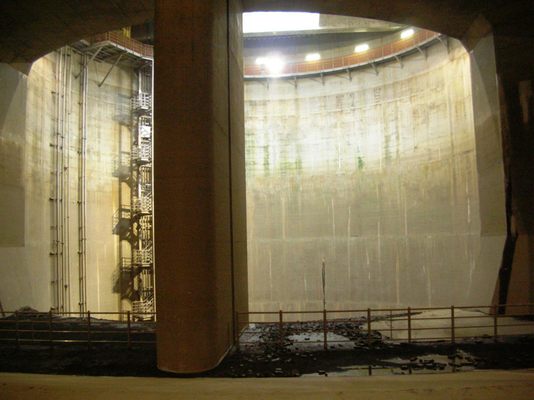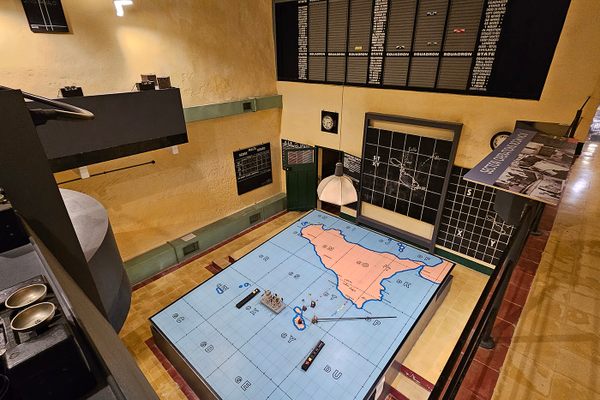About
The G-Cans project, also known as the Metropolitan Area Outer Underground Discharge Channel, is a massive underground waterway and water storage area built by the Japanese government to protect Tokyo from flooding during Japan's severe monsoon seasons.
Begun in 1992, the two-billion-dollar project finally saw completion in 2009. The tunnels run over 100 kilometers, but perhaps the most impressive features of the drainage system are the 213-foot-tall silos and the 83-foot-tall, 580-foot-long pillared main tank commonly referred to as the "Underground Temple," which was built to collect run-off from the city's waterways.
The humongous drainage system can pump over 200 tons of water a second, and, over the past decade or so, has proved useful for well over a hundred times. It has also become a popular filming location and been featured in numerous movies, TV series, and music videos. Join the official tour, and be awed by the massive Underground Temple in person.
 Explorer of Japanese ruins Michael John Grist will be leading an Obscura Day expedition to the G-Cans project, a massive underground waterway and water storage area built by the Japanese government to protect Tokyo from flooding during the monsoon seasons.
Explorer of Japanese ruins Michael John Grist will be leading an Obscura Day expedition to the G-Cans project, a massive underground waterway and water storage area built by the Japanese government to protect Tokyo from flooding during the monsoon seasons.
Related Tags
Know Before You Go
Reservation is recommended, but on weekdays you may get to join the tour group if there's room for additional guests. There's a few tour options, but on most days two are available: the simple hour-long Underground Temple course (1,000 yen) or the Shaft course (3,000 yen). The latter tour will take you across the catwalk around one of the massive drain shafts.
The tour is offered in Japanese only, so it is requested that you bring along a translator for "safety reasons." Also be warned if you have fear of heights.
To join the tour, head to the Ryū-Q Kan museum and go to the reception center at least 10 minutes in advance. From Kasukabe Station, take the bus to the Tsujibashi stop (about 15 minutes) and walk northeast for roughly 20 minutes. From Minami-Sakurai Station, you can either walk for 30 minutes or take a 10-minute taxi ride.
Hidden Japan: Sado Island, Nara & Kyoto
Explore a different side of Japan.
Book NowCommunity Contributors
Added By
Published
April 9, 2013







































































